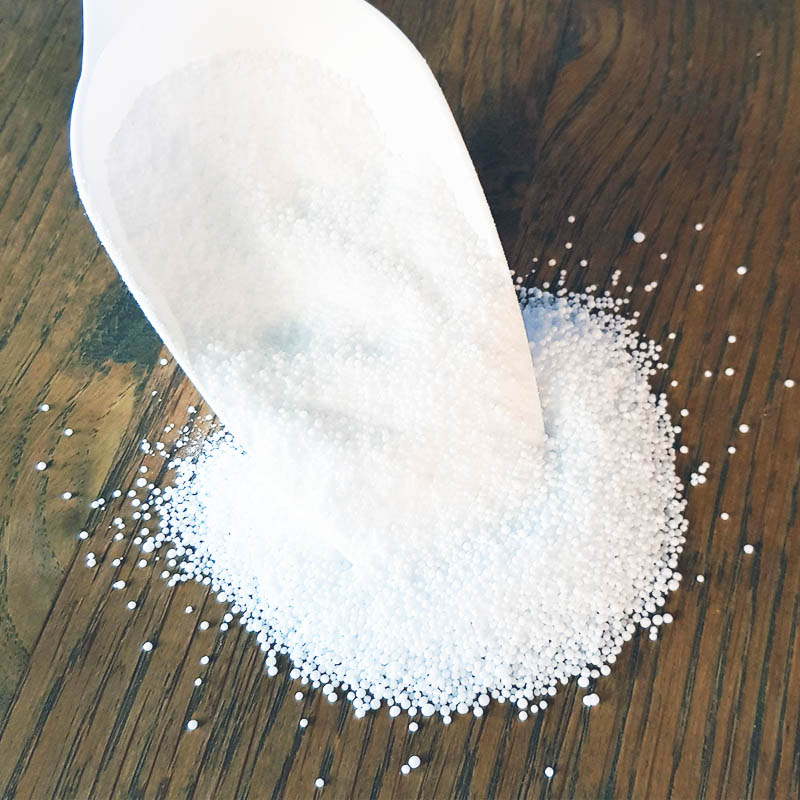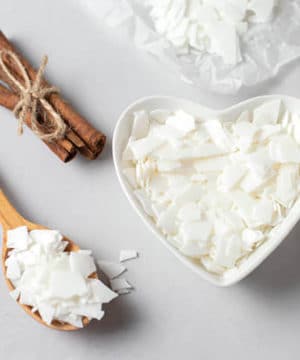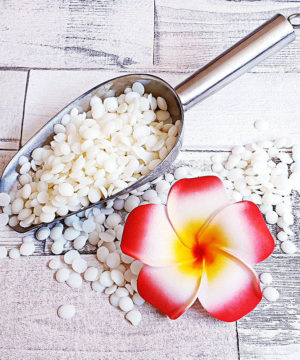Palm stearin is mainly added to candle wax to harden the finished candle for better combustion. Palm stearin is also known to improve the burning qualities of a candle and increase the depth of color and opacity of a candle. If you are using metal molds, adding Palm Stearine will help you get your candles out of the mold. It is not recommended for use in rubber molds. By adding between 2-10% stearin to your wax, you can increase the hardness, burning properties, depth of color and opacity of your candles.
Stearic acid is a versatile substance that finds its application in various industries, including the candle and cosmetics industries.
Stearic acid in candles
In the candle industry, stearic acid is a crucial ingredient for the production of high-quality candles. It is a saturated fatty acid derived from natural sources such as animal fats and vegetable oils. Stearic acid has several properties that make it an ideal additive for candles.
First and foremost, stearic acid contributes to the structural integrity of candles. It has a high melting point, allowing candles to keep their shape and not deform or melt prematurely. Adding stearic acid allows candle manufacturers to increase the hardness and durability of their products, so they burn evenly and last longer.
In addition, stearic acid helps in candle making by improving the texture and appearance of the wax. It acts as a thickener, increasing the viscosity of the melted wax and making it adhere better to the wick. This results in a smoother, more even burn and reduces the chance of dripping or tunneling.
In addition, stearic acid can affect the color and opacity of candles. It acts as an opacifier and helps create solid, opaque shades in candles that need vibrant or pastel tones. Candle makers can experiment with different concentrations of stearic acid to achieve the desired color intensity and opacity for their products.
Stearic acid in cosmetics
In the cosmetics industry, stearic acid plays an essential role in the formulation of various personal care products such as creams, lotions and soaps. It acts as an emulsifier and surfactant, allowing oil and water to mix and form stable, homogeneous mixtures. This property allows stearic acid to create rich, creamy textures in cosmetic formulas, making them more spreadable and distributing ingredients evenly.
In addition, stearic acid serves as a thickener and stabilizer in cosmetics. It helps give products a desired consistency and prevents them from becoming too liquid or watery. Whether it is a moisturizer, foundation or lipstick, stearic acid helps maintain the desired texture and prevents ingredient separation.
In addition to its functional properties, stearic acid also offers skin benefits. It has moisturizing properties, helps prevent moisture loss and keeps the skin hydrated. In addition, stearic acid acts as a cleanser and helps remove dirt, oil and impurities from the surface of the skin.








Reviews
There are no reviews yet.